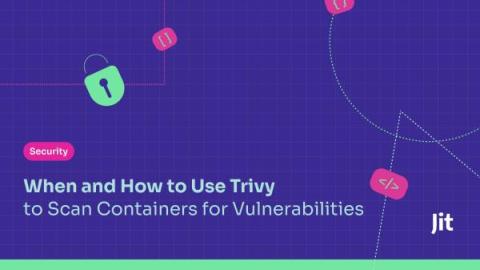5 Best Ways To Secure Your Brand's Reputation Online In 2024
You know the moment when you are in a different city and want to find a good restaurant, or even the new one in your neighborhood? This is probably something that all of us have experienced at some point in our lives. I always do the same - I take out my phone and check the reviews. It can be overwhelming how much a few bad comments can sway my opinion. And that's the power of online reputation.











